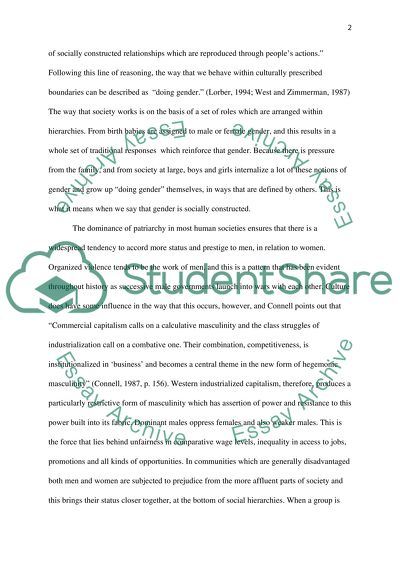Cite this document
(“In disadvantaged areas around the world, young men find expressions of Essay”, n.d.)
Retrieved from https://studentshare.org/macro-microeconomics/1422432-in-disadvantaged-areas-around-the-world-young-men
Retrieved from https://studentshare.org/macro-microeconomics/1422432-in-disadvantaged-areas-around-the-world-young-men
(In Disadvantaged Areas Around the World, Young Men Find Expressions of Essay)
https://studentshare.org/macro-microeconomics/1422432-in-disadvantaged-areas-around-the-world-young-men.
https://studentshare.org/macro-microeconomics/1422432-in-disadvantaged-areas-around-the-world-young-men.
“In Disadvantaged Areas Around the World, Young Men Find Expressions of Essay”, n.d. https://studentshare.org/macro-microeconomics/1422432-in-disadvantaged-areas-around-the-world-young-men.


